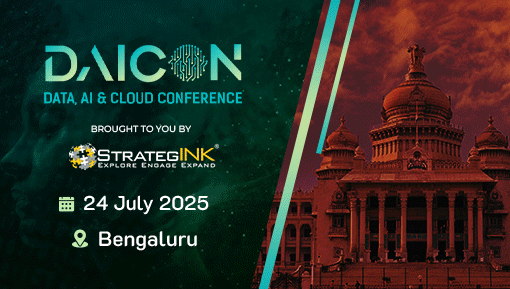
At the Lenovo Tech World India 2025 event, the company reaffirmed its strong commitment to the Indian market and its mission to develop impactful AI applications for consumers. Addressing the challenges of implementing AI in smartphones, Matthew Zielinski, President of International Markets at Lenovo, highlighted the vast potential but emphasized the difficulty of selecting the most valuable use cases.
“The biggest challenge is that the opportunities are endless. The key is identifying meaningful use cases worth investing in and productising,” Zielinski stated while discussing the hurdles smartphone companies face in developing proprietary AI-driven features.
The Challenge of Differentiating AI Features
In recent years, AI-powered smartphones have flooded the market, offering similar capabilities such as on-device AI, generative image creation, and real-time translation. While consumers have more choices than ever, companies are working to develop distinct features that stand out.
Zielinski acknowledged this challenge, stating, “Since there are infinite possibilities, distilling them down to what truly resonates with users is a huge challenge.” Citing the development of the Motorola RAZR, he revealed that the company initially explored 30 to 60 different AI features before selecting a few for productization. “The question was: which ones will truly add value for users? The process involves rigorous testing to ensure we’re hitting the mark,” he explained.
He also highlighted some innovative AI features, including ‘Pay Attention,’ which allows users to focus on meetings without worrying about note-taking. “Once a user places their smartphone on the table, and instead of taking copious notes during an hour-and-a-half-long discussion, their phone does it for them. At the end of the meeting, one can ask it to generate a concise summary of what was discussed,” Zielinski shared. He described how this feature helps professionals stay engaged in conversations without being distracted by taking notes manually.
User Expectations and AI Adoption
With multiple smartphone brands introducing similar AI capabilities, concerns about user fatigue have emerged. However, Zielinski does not believe this is a widespread issue yet. “I don’t think user fatigue has set in yet. While it can feel overwhelming, we haven’t seen a flood of AI-driven use cases that have been fully productised,” he said.
Rather than experiencing burnout from AI features, Zielinski believes consumers are eager for more groundbreaking applications. “In fact, it’s quite the opposite—consumers are eager to discover the next killer AI use case, whether for smartphones, PCs, or other devices. We’re still in the phase of finding meaningful ways to integrate AI into everyday life,” he added.
India as a Key AI and Manufacturing Hub
As Lenovo marks two decades in India, the company has outlined an ambitious strategy to position the country as a critical center for AI innovation and manufacturing. According to Zielinski, India is no longer just an important market—it has become a cornerstone of Lenovo’s global growth strategy.
“India is by far one of the most important markets in the world for us,” he stated, underscoring the company’s significant investment in the region. In 2024 alone, Lenovo manufactured and shipped products worth ₹18,000 crores, achieving an impressive 58% year-on-year revenue growth.
Beyond sales, Lenovo has deepened its commitment by establishing three manufacturing facilities in India, not only catering to domestic demand but also transforming the country into a major export hub. “We’re building for India and shipping out of India to operations around the world,” Zielinski explained.
With AI-driven innovation at the forefront, Lenovo’s long-term investment in India signals its intent to integrate cutting-edge technology into everyday life while positioning the country as a global leader in AI and manufacturing.





